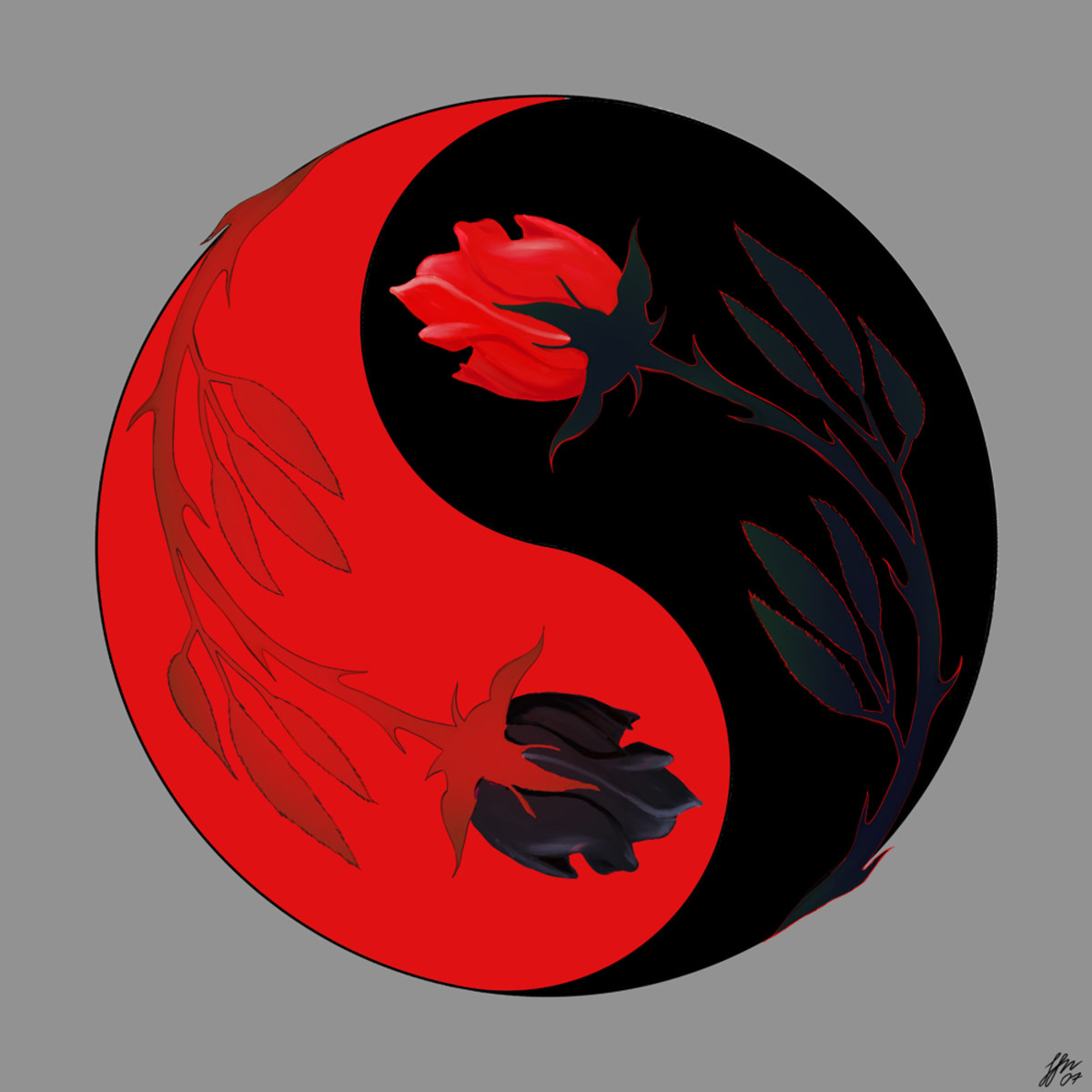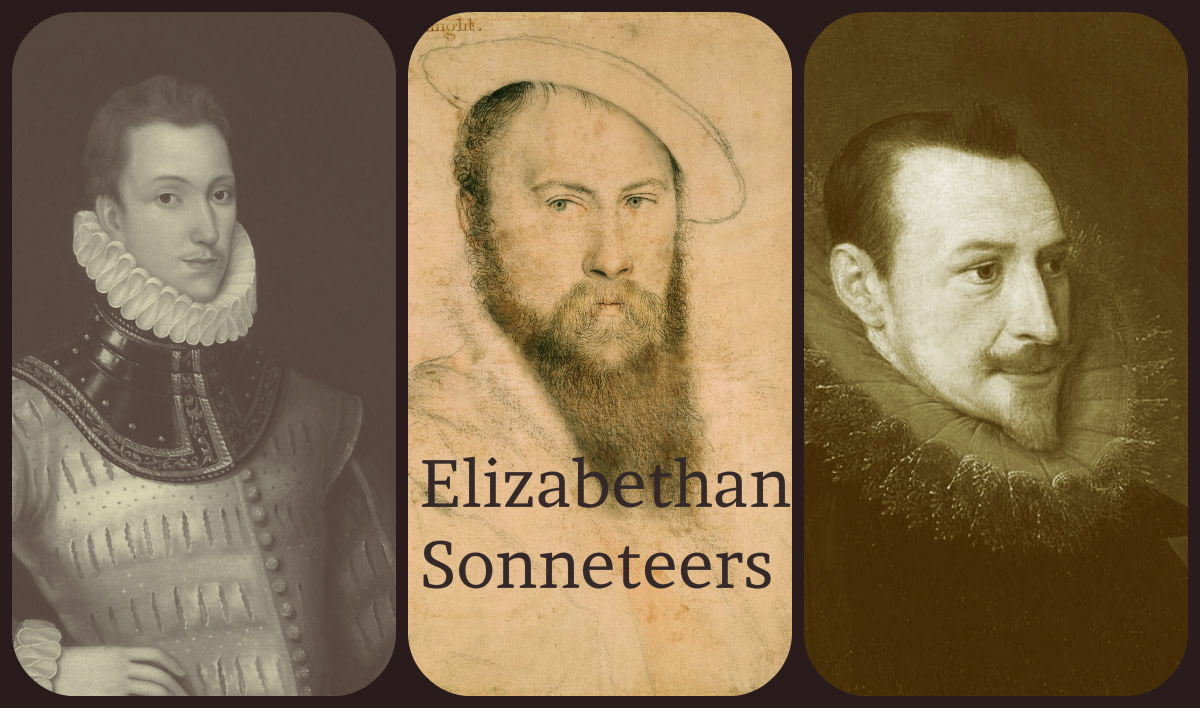"Shakespeare Sonnet 18," workshop reading for comprehension and enlightenment
Sonnet 18 says what? Means what? Why read it?
1. Introduction: Why read Shakespeare?
We here read sonnet 18 with three interlocking tasks:
first, to understand what it says and what it means;
second, to understand how it pertains to Shakespeare’s lofty stature and importance, in other words, to why Shakespeare is Shakespeare;
and third, to show why and how any non-English-major, literate adult might benefit from a careful reading.
To answer such questions fully, of course, would require a detailed knowledge of other Elizabethan-era writers and the whole sweep of English language poetry, if not the entire story of the English language, something far outside our scope here. So let me start on a more personal level.
On Friday (October 18, 2013), my daughter Cynthia brought me three gifts early for my 80th birthday: (1) her 31-year-old son Shane Lopez, my grandson whom I had not met since he was 5 years old; (2) his beautiful, intelligent wife Allison, and (3) Cynthia’s strong doubt that any adult should read Shakespeare, much less try to teach him to the public.
This third gift brought home the greatest hurdle in teaching Shakespeare to adults: their natural, skeptical dismissal of its value, esp. if they had little or no happy experience inside English classes in high school or college.
In Cynthia’s high school experience, no one understood Shakespeare, so he had no effect. Shakespeare belongs only in college English departments. As a psychology major, her one required college literature course meant little to her, or to anyone she knew. For adult reading now, she only reads in special areas directly important or interesting to her.
So good question, Cynthia, “Why read Shakespeare?!” Not that any one essay can claim a totally effective answer, but we cannot plead we do not understand the issues. Future essays in this series on Shakespeare’s sonnets will continue to develop a variety of approaches in search of a complete answer.
2. Reading Shakespeare Sonnet 18
So how does one start to understand a well-known sonnet like Shakespeare number 18 written over 400 years ago (published in 1609, likely written in the middle 1590s)?
You always start by reading the sonnet itself! Later you can skip around all you want in commentaries, mine or otherwise. But if you cannot, or will not, start with 20 or 30 minutes alone with this one poem, just you and Shakespeare working your way back and forth in search of mutual understanding, then I suspect you’ve ventured into the wrong place. The same applies for those advanced scholars who already know this sonnet well.
We look instead for literate adults willing, at least for an hour, to let their disbelief and other knowledge rest, while they read and think about Shakespeare’s poetry first-hand, one poem, one line, one word at a time. Learning depends, by definition, on challenging your mind with something you do not already know. Mental muscles stay weak when other people do all your heavy lifting.
Shakespeare Sonnet 18
Shall I compare thee to a summer’s day? . . . . . . . . a . 1st quatrain, the issue
Thou art more lovely and more temperate; . . . . . . . b
Rough winds do shake the darling buds of May, . . . a
And summer’s lease hath all too short a date; . . . . . b
Sometime too hot the eye of heaven shines, . . . . . . c . 2nd quatrain, explanation
And often is his gold complexion dimmed; . . . . . . . . d
And every fair from fair sometime declines, . . . . . . . c . fair = beauty
By chance or nature’s changing course untrimmed. . d . untrimmed = beauty lost
. . . . . . . . . . . . . . . . . . . . . . . . . . . . . . . . . . . . . . . . . the volta (turn or change)
But thy eternal summer shall not fade, . . . . . . . . . . e . 3rd quatrain, resolution
Nor lose possession of that fair thou ow’st; . . . . . . . f . ow’st = ownest or owest
Nor shall Death brag thou wand’rest in his shade, . . e
When in eternal lines to Time thou grow’st: . . . . . . . f . . = grafted into Time itself
So long as men can breathe or eyes can see, . . g . closing couplet, final word
So long lives this, and this gives life to thee. . . . . g
Reading notes to sonnet 18
1 thee, Old English word for “you,” objective case.
2 thou art = you are. temperate, mild, moderate, not too hot.
3 darling, dearly loved, pleasing, charming, a favorite.
4 lease, allotted time; date, end of lease.
4 hath, = has, archaic 3rd person singular of “have.”
5 the eye of heaven, the sun
(also in Richard II, act 1, scene 3, line 275; and act 3, 2, 37).
6 his= its, but here the sun deliberately personified.
6 gold complexion,face of golden color, perhaps denoting wealth and leisure
6 dimmed, sunlight obscured by overcast clouds.
7 every fair from fair,every beautiful thing from its beauty.
7 declines, like the sun declines at the end of its day.
8 chance,accident, misfortune, bad luck.
8 nature’s course, the natural decay common to everything.
8 untrimmed, stripped, deprived, or despoiled of beauty and charm.
9 This seems to claim summer is intrinsic to the beloved “will not fade.”
10 thou ow’st, either (a) you ownest (possess), or (b) you owest (to nature).
fair may be a pun on the fare nature requires for our life’s journey.
11 shade, shadow. wand’rest,ghosts (shades) wandering in ancient underworld.
“Though I walk through the valley of the shadow of death” (Psalm 23:4).
12 lines, poetry. thou grow’st,you will become grafted into time itself.
14 this, this poetry, this sonnet.
14 this gives life to thee, as long as this poem lives, it gives life to the beloved.
Formal organization
Fourteen lines of verse in “iambic pentameter,” the technical term for (a) a rhythm of alternating weak and strong sounds in two-syllable beats called “iambic” feet, with one unstressed beat followed by one stressed beat (duh DUH), and (b) consistent five-beat lines (duh DUH, duh DUH, duh DUH, duh DUH, duh DUH ) called “pentameter,” from ancient Greek penta (five) + metros (measure or meter).
The challenge of interpretation
So now we have the lines, the sentences, and the images that Molly Peacock claims for the body of any poem in How to Read a Poem (Penguin Putnam, 1999, p. 19), plus the words themselves. But when we see it all put together, what does it mean? What do you think?
My answer might seem unorthodox, but it results from a lifetime studying the history of ideas and culture. What any piece of literature “means” depends as much on which reader is reading it as it does on the so-called “intentions” of the writer.
Perception of any other person’s intentions results from observer interpretation, in varying degrees, of course, depending, for instance, on how authoritative, or how opinionated, the interpreter happens to be.
To presume to clearly know other people’s “intentions,” as most of us often do (let’s be honest about it!), is to know more about those people than they know about themselves!
What is my point? That something entirely new happens when you write your own interpretation of sonnet 18, something no one else can do. Why? Because no one else is you!
But do not worry. As teacher and workshop director, I have all the authority I need to give you permission here and now to work out your own personal interpretation of this poem. If, however, you avoid yourself, and sneak a peek ahead at my interpretation, or turn first to read discussion elsewhere, you lose.
Not that you cannot benefit from other points of view, but please always distinguish between what others say something means, and what you think and feel it means to you.
Please stop reading here for at least 10-15 minutes
to write down your own notes after reading sonnet 18.
When you finish, you may or may not care to read my own “second thoughts.”
Second thoughts on sonnet 18
Popularly considered one of the greatest love poems of all time, a close reading of sonnet 18 reveals to me, and many others, a far different picture.
1 Note the intrinsic ambiguity in “shall I compare thee?”
“There is an underlying subjunctive force to “Shall”’ (Evans, p. 123).
2 Only lines 2 to 4 compare the beloved favorably with a summer‘s day!
3 Early summer winds play rough with spring’s last flowers,
but is the beloved one unfailingly gentle?
4 The summer’s lease ends too soon,
but does the beloved one never leave too early?
5 The beloved one never “shines” too hot?!
6 The beloved one’s features rarely if ever get obscured?!
7 If so, then beauty must not be a primary virtue of the beloved one!
8 Beauty is transient, so I will not try to honor your beauty!
9 The word “eternal,“ at first sight seems intrinsic to the beloved one,
but it foreshadows “eternal” in line 12 with a far different meaning.
Not “thy eternal beauty shall not fade,” but “thy eternal summer.”
10 Whatever “beauty” you do possess, however, you won’t lose it!
11 In any case, death cannot “brag” you wander around in his realm.
12 Notice “in eternal lines to time,” not “when in lines to eternal time”!
In line 12, the whole thrust of the sonnet suddenly, dramatically appears to change: it no longer concerns the beloved one, but the power of this poetry. The closing couplet in lines 13 and 14 removes any doubt as to what the author intended.
So in the final analysis, what does the addressed “beloved one” have that summer does not have? A few superficial features, perhaps, but most importantly of all, a poet named William Shakespeare who knows how to use words!
Though I developed this conclusion from my own close reading of the sonnet, I can by no means claim credit to be first with the insight, which I have found in several different recent studies stated in different ways. For one example, Prof. Orgel on 18, “the object of love and celebration is the poet’s own craft -- the beloved is the poem” (in Evans, 2006, p. 17).
Concluding thoughts
Shakespeare’s sonnet 18 thus presents an “interior monologue,” a literary device for revealing the flow of thoughts inside a person’s mind, in this case starting with adoration of a “beloved one“ no doubt real for the author's moment, but ending, in the space of 14 lines, with celebration of the power of poetry to transcend the power of death.
Does any of this seem important to anyone today?
Not if the passing of time never concerns you.
Not if being “in love” never concerns you.
Not if you never care about anyone after they die.
Not if you do not care whether anyone remembers you after you die.
Not if do not care about language, what it says, or what it means.
Not if you do not care how you, or others, organize their thoughts into interesting words and sentence-events.
Outside Shakespeare, who consistently covers so many perspectives in such short space as 14 lines?
Shakespeare’s sonnets and plays still deliver useful useful conversations on perennial human issues in elegant, crisp language that still sets a high standard for English expression.
Background works consulted for the sonnet series
Burt, Stephen (Harvard), and Mikics, David (Houston), The Art of the Sonnet (Harvard University Press, 2010), 484 pages, pb $19.95. Analyzes 100 sonnets important in the history of English literature to “explain what each sonnet does as an arrangement of language, an event in literary history, an embodiment of human emotion, an exploration of form, a work of art“ (p. 1).
See review by Adam Kirsch (of New Republic), “Echo Chamber -- and Amplifier: The Persistent Sonnet,” Harvard Magazine (July 2010).
Duncan-Jones, Katherine (Oxford), ed., Shakespeare’s Sonnets, The Arden Shakespeare, 3rdSeries (London: Thomson Learning; Thomas Nelson, 1997), a mountainous 488 pages of information.
Evans, G. Blakemore (1913-2006; Harvard), ed., The Sonnets, updated edition with new introduction by Stephen Orgel (Stanford), The New Cambridge Shakespeare (Cambridge University Press, 2006), 277 pages. The great Evans notes and commentary now graced with Prof. Orgel’s discussion of difficult contemporary issues.
Peacock, Molly, How to Read a Poem . . . and Start a Poetry Circle (Penguin Putnam, Riverhead Books, 1999). Thoughtfully analyzes 11 poems with her “three systems of a poem”: (a) the line, a skeletal system, provides the music, (b) the sentence, a circulatory system, provides the thoughts, and (c) the imagery, the central nervous system, provides the vision (pp. 19-22).
______________________________________________________
Copyright (c) October 2013 by The Max Havlick School, 16 W. Vermont St., Villa Park, IL 60181-1938, all rights reserved.





